Do you have a question about the Samsung C34J791WTR and is the answer not in the manual?
Ensure adequate space for ventilation and follow storage guidelines to prevent damage.
Covers warnings and cautions for safe operation, electrical safety, and handling.
Instructions for safe cleaning of the monitor and basic operational guidelines.
Detailed steps for installing the product, including warnings and best practices.
Overview of monitor parts and the functions of the control panel and buttons.
Explains shortcut key functions for accessing settings and navigating menus.
How to adjust brightness, contrast, eye saver mode, and volume settings.
Details on available ports, adjusting monitor angle/height, and anti-theft lock.
Step-by-step guide for attaching or removing the monitor stand and wall mount.
Guide to connecting PCs via HDMI, HDMI-DVI, DP, and Thunderbolt/USB-C cables.
Instructions for connecting headphones, power, and utilizing the USB hub feature.
Tips for tidying cables and maximizing the product's USB hub functionality.
Explains various modes for optimizing picture quality based on usage environment.
How to fine-tune brightness, contrast, sharpness, and color settings.
Details on Upscale, HDMI Black Level, Eye Saver, Game Mode, and Response Time.
Adjusting picture size, screen alignment, and understanding calibration reports.
Enables or disables Picture-in-Picture and Picture-by-Picture modes.
Settings for sub-screen size, position, and selecting the audio source.
How to select input sources for main and sub screens in PIP/PBP modes.
Adjusting picture size and contrast for individual screens in PIP/PBP modes.
Customize the transparency and placement of on-screen display menus.
Set the menu language and control how long OSD menus remain visible.
Selects DisplayPort version and configures HDMI mode for optimal signal.
Guides on enabling and configuring FreeSync for smoother gaming visuals.
Manages power consumption with Eco Saving Plus and adjusts contrast automatically.
Manages input sources, USB hub, timers, and system controls like LED and reset.
Instructions for installing and using the Easy Setting Box for screen partitioning.
Notes on potential installation issues and the necessary system requirements.
Steps to test the product and check basic connections before contacting support.
Resolving issues related to screen resolution, frequency, and PC mode installation.
Addresses problems like screen flickering, blurriness, brightness, and color inconsistency.
Solutions for no sound, choppy video playback, and source device related audio issues.
Key specifications including size, pixel pitch, power, and environmental conditions.
Lists supported resolutions, frequencies, and pixel clocks for optimal performance.
Outlines service charges, warranty exclusions, and customer fault conditions.
Guidelines for the correct disposal of the product and its electronic accessories.
Ensure adequate space for ventilation and follow storage guidelines to prevent damage.
Covers warnings and cautions for safe operation, electrical safety, and handling.
Instructions for safe cleaning of the monitor and basic operational guidelines.
Detailed steps for installing the product, including warnings and best practices.
Overview of monitor parts and the functions of the control panel and buttons.
Explains shortcut key functions for accessing settings and navigating menus.
How to adjust brightness, contrast, eye saver mode, and volume settings.
Details on available ports, adjusting monitor angle/height, and anti-theft lock.
Step-by-step guide for attaching or removing the monitor stand and wall mount.
Guide to connecting PCs via HDMI, HDMI-DVI, DP, and Thunderbolt/USB-C cables.
Instructions for connecting headphones, power, and utilizing the USB hub feature.
Tips for tidying cables and maximizing the product's USB hub functionality.
Explains various modes for optimizing picture quality based on usage environment.
How to fine-tune brightness, contrast, sharpness, and color settings.
Details on Upscale, HDMI Black Level, Eye Saver, Game Mode, and Response Time.
Adjusting picture size, screen alignment, and understanding calibration reports.
Enables or disables Picture-in-Picture and Picture-by-Picture modes.
Settings for sub-screen size, position, and selecting the audio source.
How to select input sources for main and sub screens in PIP/PBP modes.
Adjusting picture size and contrast for individual screens in PIP/PBP modes.
Customize the transparency and placement of on-screen display menus.
Set the menu language and control how long OSD menus remain visible.
Selects DisplayPort version and configures HDMI mode for optimal signal.
Guides on enabling and configuring FreeSync for smoother gaming visuals.
Manages power consumption with Eco Saving Plus and adjusts contrast automatically.
Manages input sources, USB hub, timers, and system controls like LED and reset.
Instructions for installing and using the Easy Setting Box for screen partitioning.
Notes on potential installation issues and the necessary system requirements.
Steps to test the product and check basic connections before contacting support.
Resolving issues related to screen resolution, frequency, and PC mode installation.
Addresses problems like screen flickering, blurriness, brightness, and color inconsistency.
Solutions for no sound, choppy video playback, and source device related audio issues.
Key specifications including size, pixel pitch, power, and environmental conditions.
Lists supported resolutions, frequencies, and pixel clocks for optimal performance.
Outlines service charges, warranty exclusions, and customer fault conditions.
Guidelines for the correct disposal of the product and its electronic accessories.
| Color | white/silver, white |
|---|---|
| Screen Type | led |
| Tiltable | yes |
| Touch Screen | no |
| Webcam | no |
| OS Compatibility | windows |
| Screen Size | 34 inches |
| Panel Type | va |
| Aspect Ratio | 21:9 |
| Resolution | 3440 x 1440 |
| Native Resolution | 3440 x 1440 |
| Refresh Rate | 100hz |
| Horizontal Viewing Angle | 178 degrees |
| Vertical Viewing Angle | 178 degrees |
| Response Time | 4 milliseconds |
| Brightness | 300 candela per square meter |
| Contrast Ratio | 3000:1 |
| Synchronization | freesync (amd adaptive sync) |
| HDR | yes |
| Built-In Speakers | yes |
| Interface Connectors | 1 x displayport 1.2, 2 x thunderbolt 3 |
| HDMI Ports | 1 |
| USB Ports | 2 x usb-a 3.0 |
| Display Port Inputs | 1 |
| DVI | 6 |
| Headphones Output | yes |
| Voice Assistant | no |
| Power Saving Mode | 0.3 watts |
| Power Consumption | 180 watts |
| Depth with Stand | 12.2 inches |
| Height with Stand | 20.3 inches |
| Width with Stand | 31.8 inches |
| Depth without Stand | 6.5 inches |
| Height without Stand | 14.3 inches |
| Net Weight without Stand | 16.8 pounds |

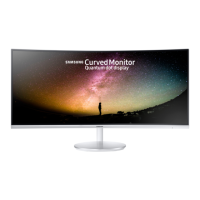

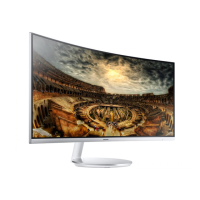


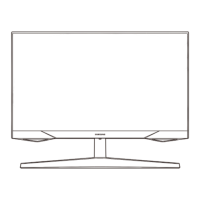
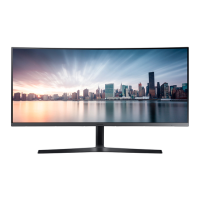
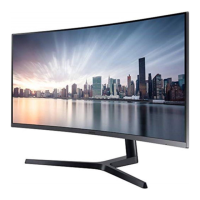
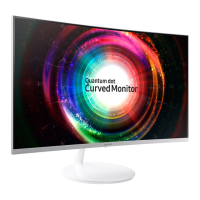

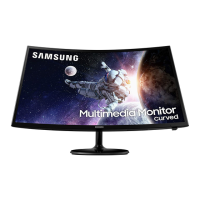
